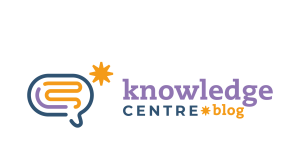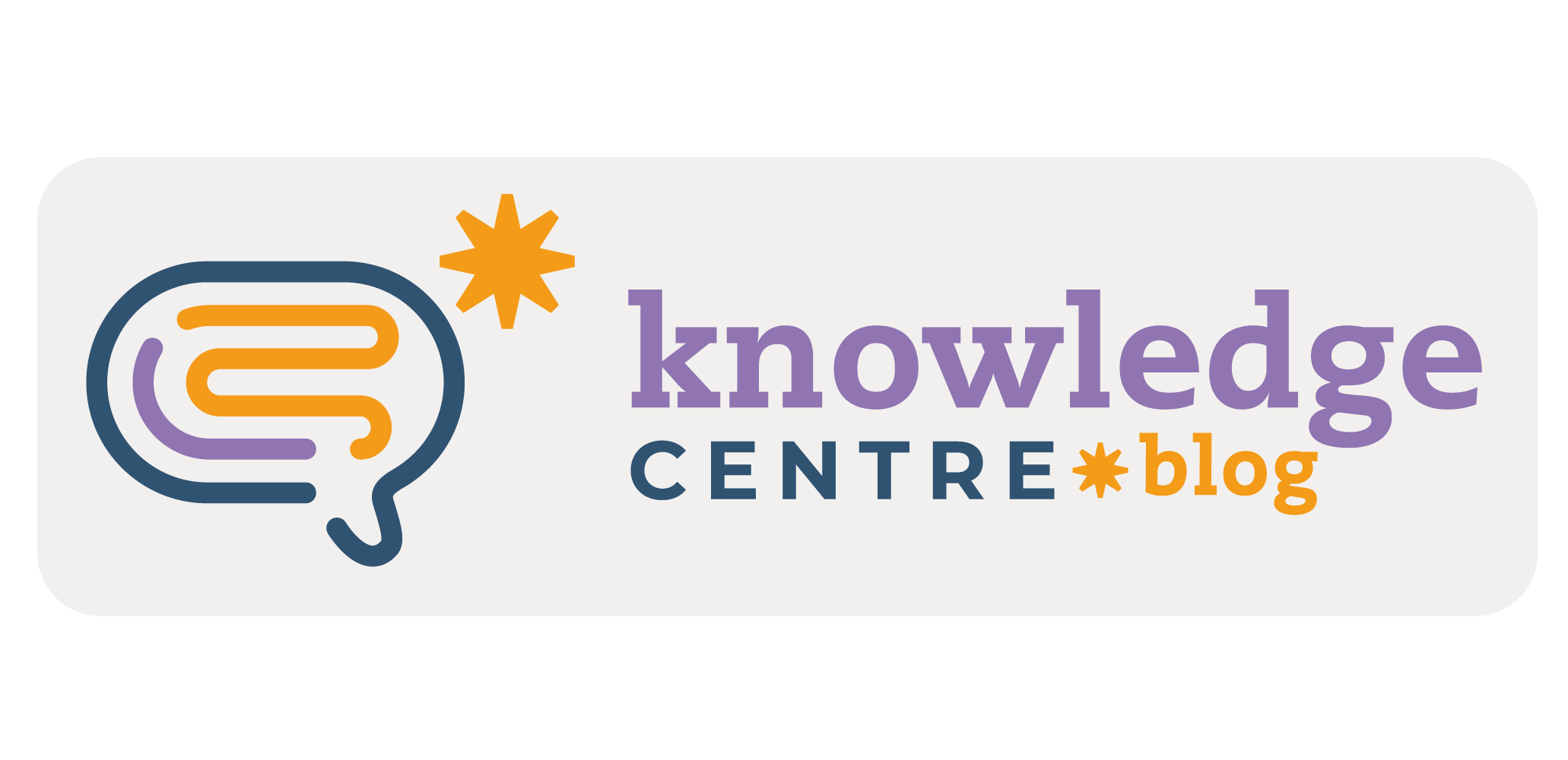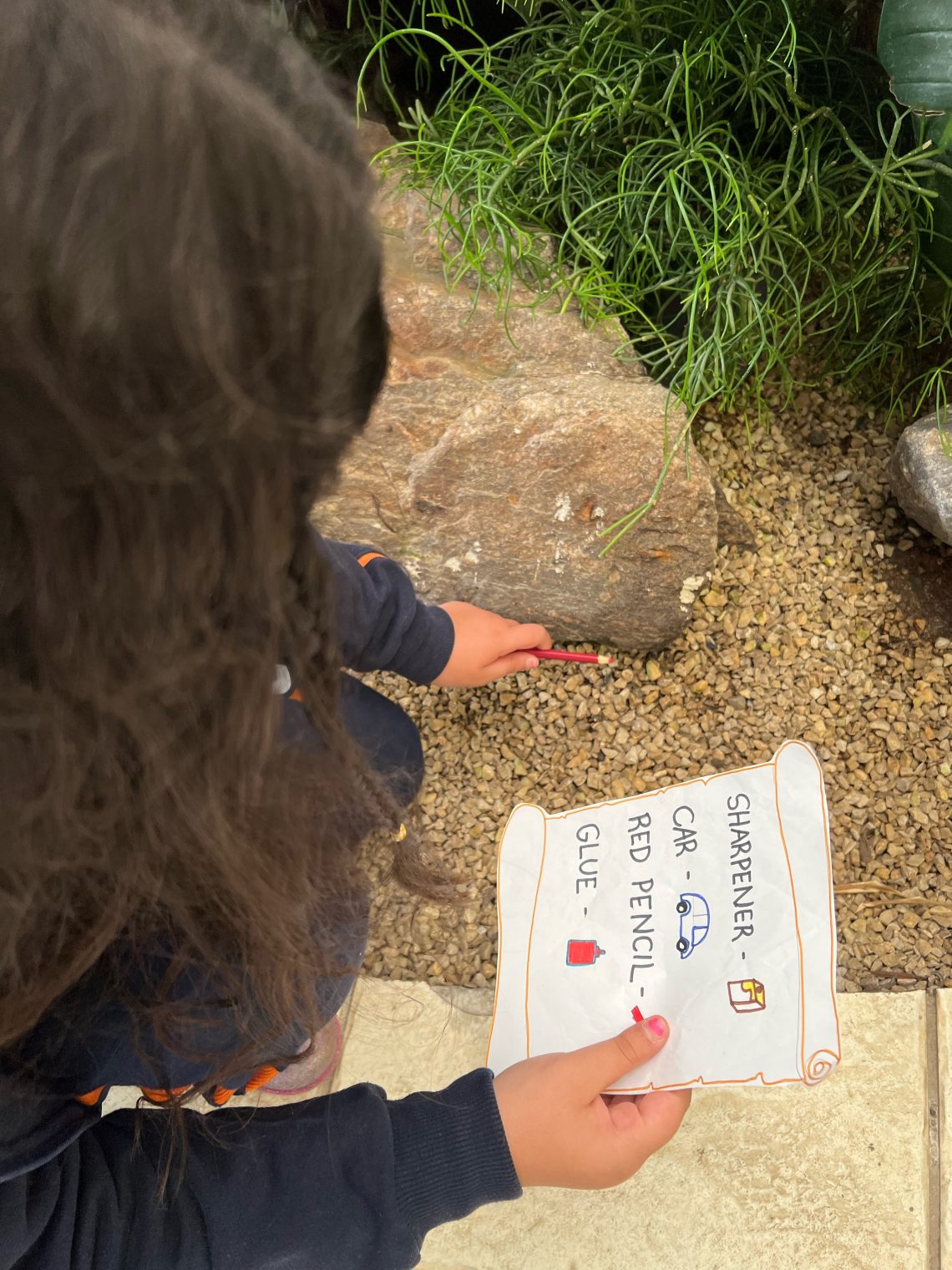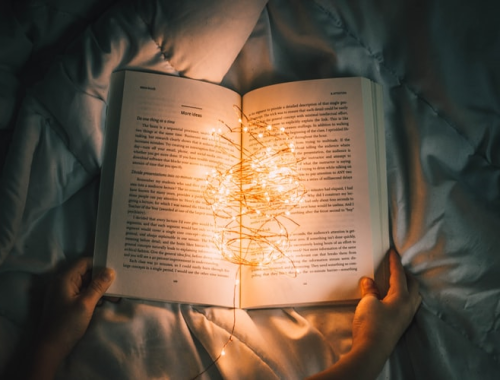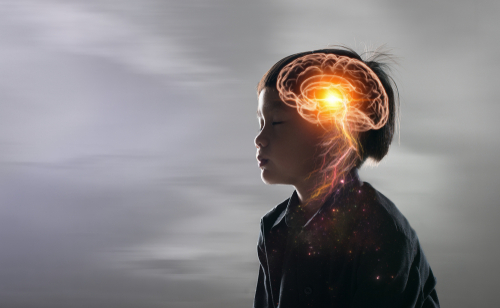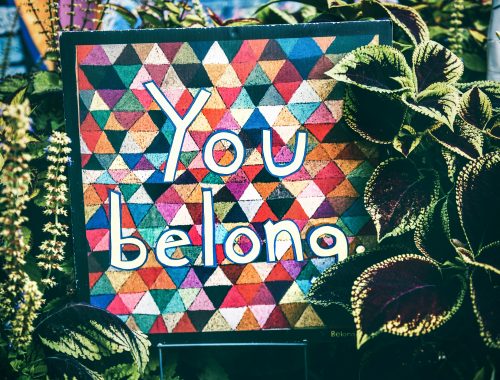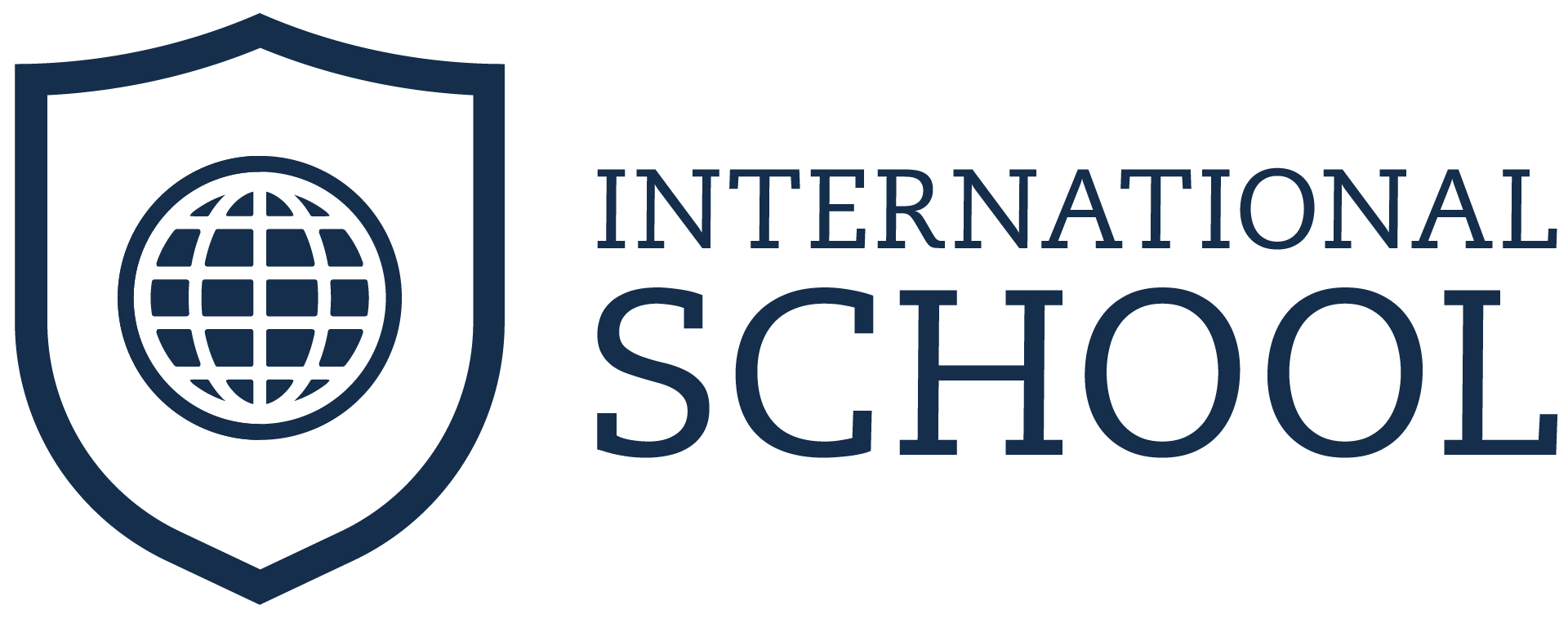Realia are objects and materials of our daily use that we bring to the classroom to teach a certain concept or content. Iva Pozega (2020) says that “it refers to real materials teachers can use to illustrate a lesson, to bring examples from our daily life to teach a variety of contents in a meaningful way.”
According to Jean-Pierre Berwald (1987), “Realia refers to real objects, specimens or artifacts – not copies, models, or representations – from a particular culture.” It is important to think that the school environment is not limited to the transfer of contents, and as educators, we must be aware that the teaching-learning process is also related to our culture. It is a social practice in which we recognize ourselves and others as individuals, therefore, it is relevant that our classes have traces of our culture and history.
What materials can we use?
Using realia does not necessarily mean bringing very complex objects to the class. In fact, it is essential to use something related to the child’s daily life, so that learning is loaded with meanings of regionality, identity, and familiarity. Camille Turner (2020) says that “Realia can incorporate what’s already in your classrooms, such as a desk, chair, or poster (…) you can also make use of virtual realia in the online classroom (…) such as advertisements, photographs, menus, receipts, or maps.
The use of Realia gains even more importance when working towards the acquisition of a second language. As a result, the students can touch, feel, smell, see and even taste what is presented to them, thus linking the real object to the target vocabulary. In her article Camille Turner (2020) also adds that “Realia can make the learning experience more memorable and create connections between objects and vocabulary words or other language concepts.” Therefore, objects that we can touch or interact with can create some information that is easier for our intellect to access.
How to put it into practice
As a kindergarten teacher, I appreciate and frequently use realia in my classroom. Most of the time I use objects I bring from my home or materials available at school. The important thing here is to explore what we already have and those objects that students also know. The kids like it and they become more motivated with the process when they explore concrete objects and materials in a playful and fun way, as we can see in the examples below:
Fruit Salad
Making a fruit salad is always a very rich experience, especially in flavors. During this moment of discovery, we can work with different contents: body parts and senses, colors, sizes and textures, self-knowledge and preferences, healthy eating, quantification, and others. It is important to provide a comfortable and fun environment for that assimilation to happen pleasantly and effectively.
Treasure Hunt
The interesting thing about this game is that an extensive amount of vocabulary can be developed (toys, shapes, colors, animals). In this particular case, the content was school material. Children played outdoors, exploring the school environment. They ran, jumped, and exercised their concentration, agility, and motivation skills as they tried to find the materials hidden around the school, and during the game, they were able to use English in a playful and natural moment.
What do you think? Let’s bring realia to our classroom?
References
BERWALD, Jean-Pierre. Teaching foreign languages with realia and other authentic materials. Center for Applied Linguistics. Washington. December 1987.
POZEGA, Iva. Mango: Teacher’s Manual: 2nd semester. 2.ed. São Paulo: International School Serviços de Ensino, Treinamento e Editoração Franqueadora, 2020.
Realia. <https://www.teachingenglish.org.uk/article/realia-0#:~:text=’Realia’%20in%20EFL%20terms%20refers,bring%20the%20class%20to%20life>. Accessed on 20 Sep 2022.
10 Fun Ways to Use Realia in Your ESL Classroom. <https://bridge.edu/tefl/blog/use-realia-esl-classroom/>. Accessed on 20 Sep 2022.

By Amanda Megda Eller
Amanda has a degree in Pedagogy and Radio/TV. She is a Postgraduate in English Language Teaching and she is currently studying Neuro Psychopedagogy. She has been an early childhood teacher in the International School bilingual program for 5 years.
